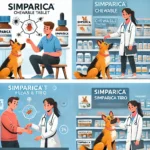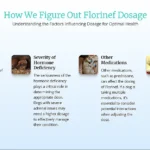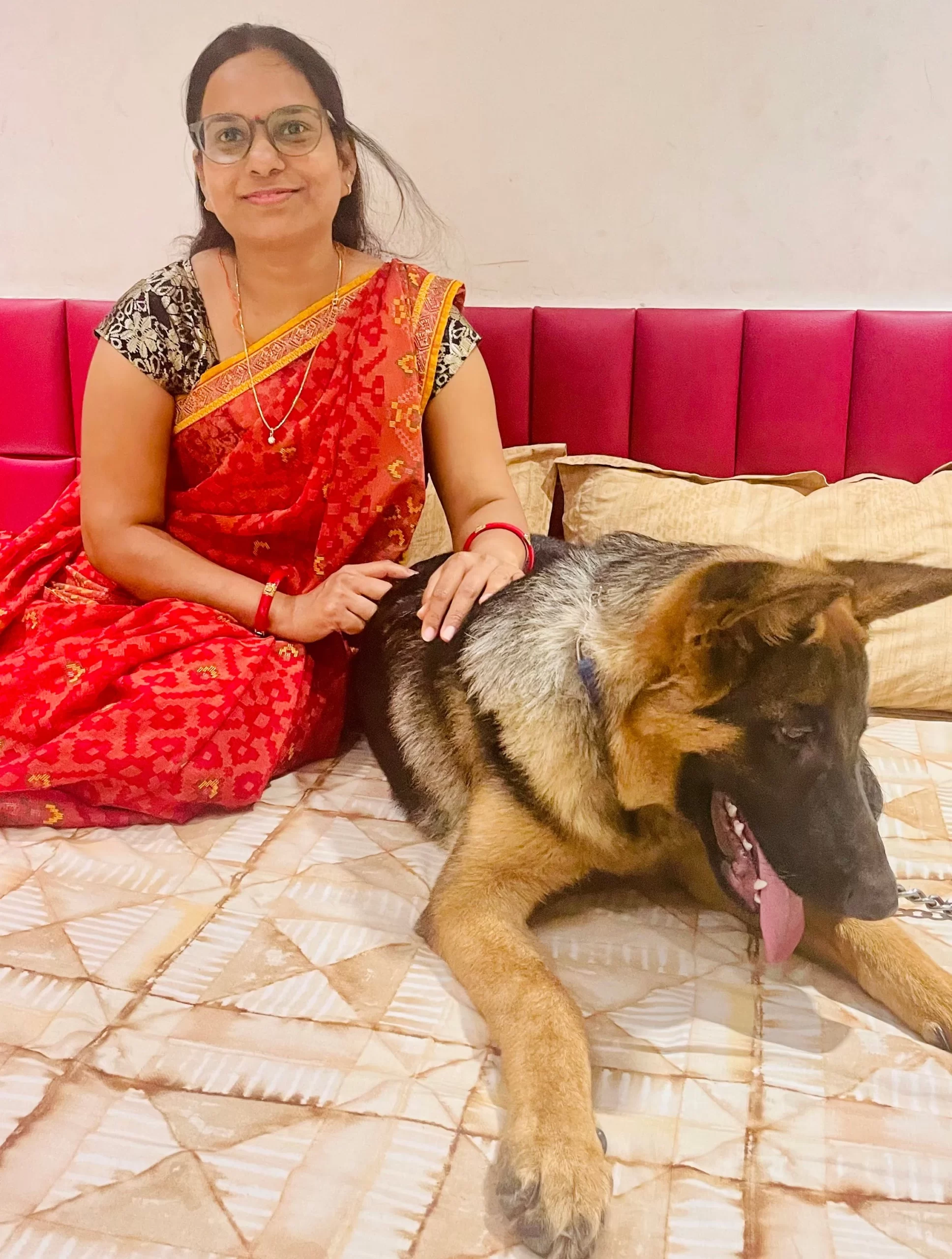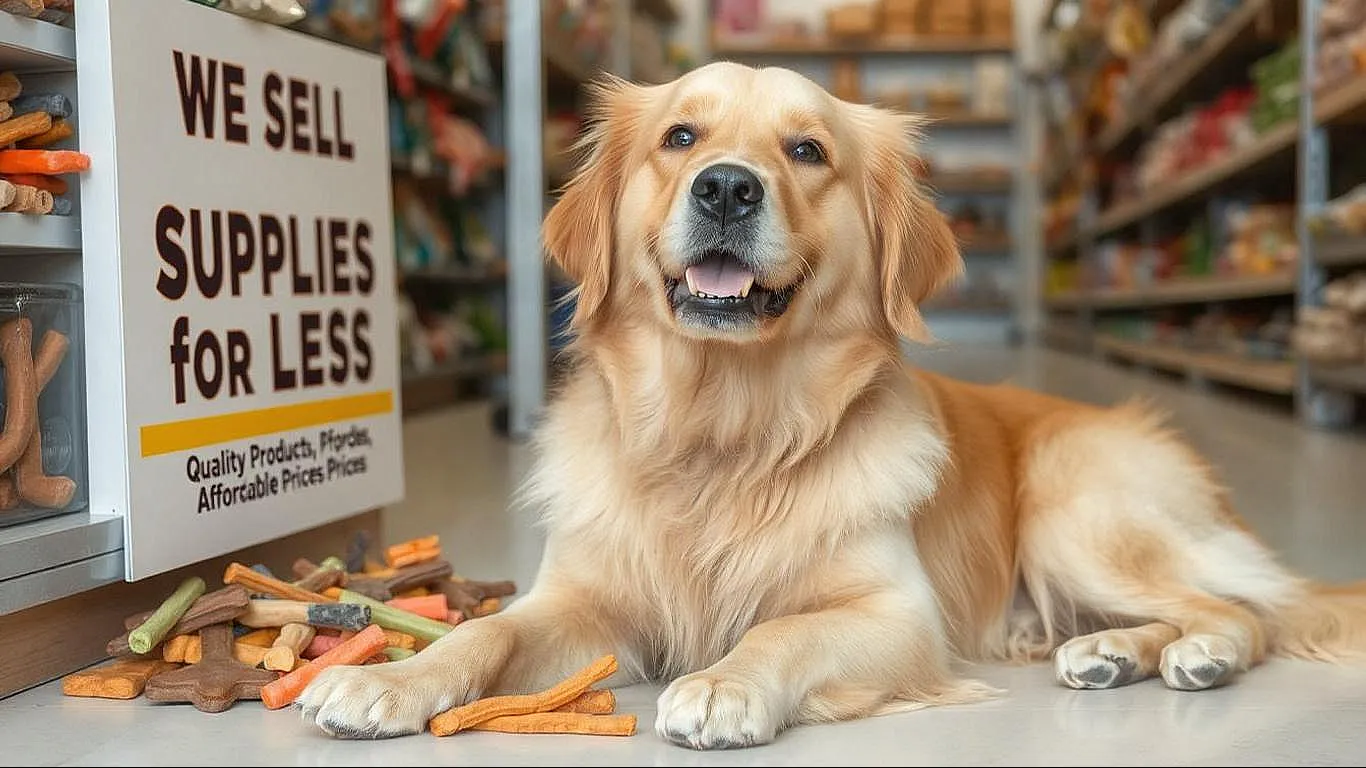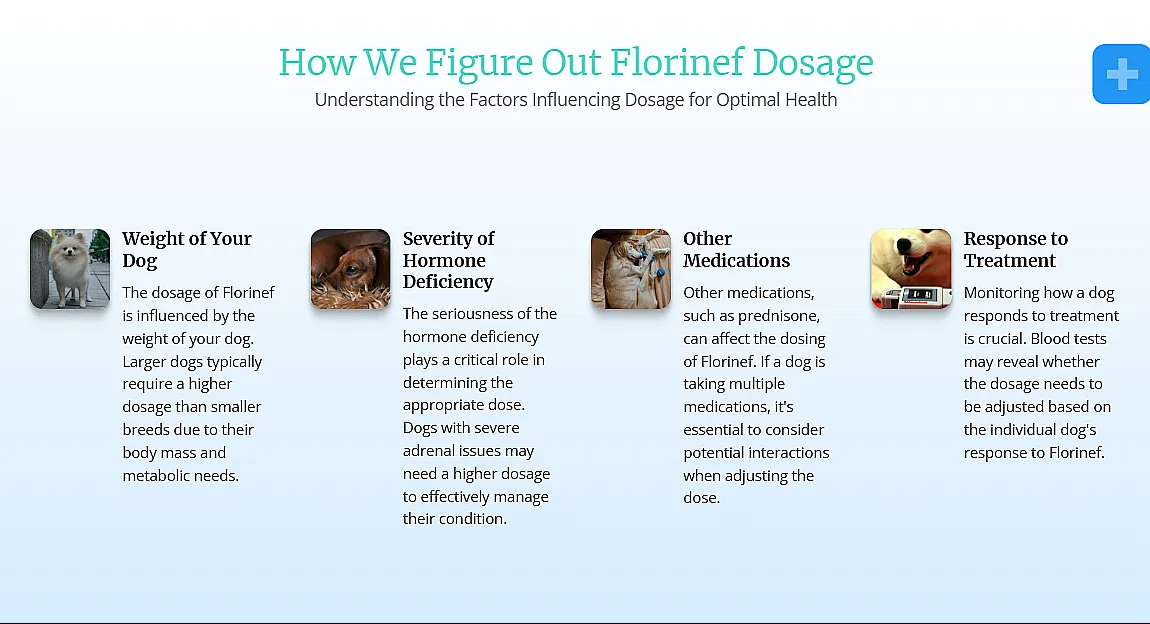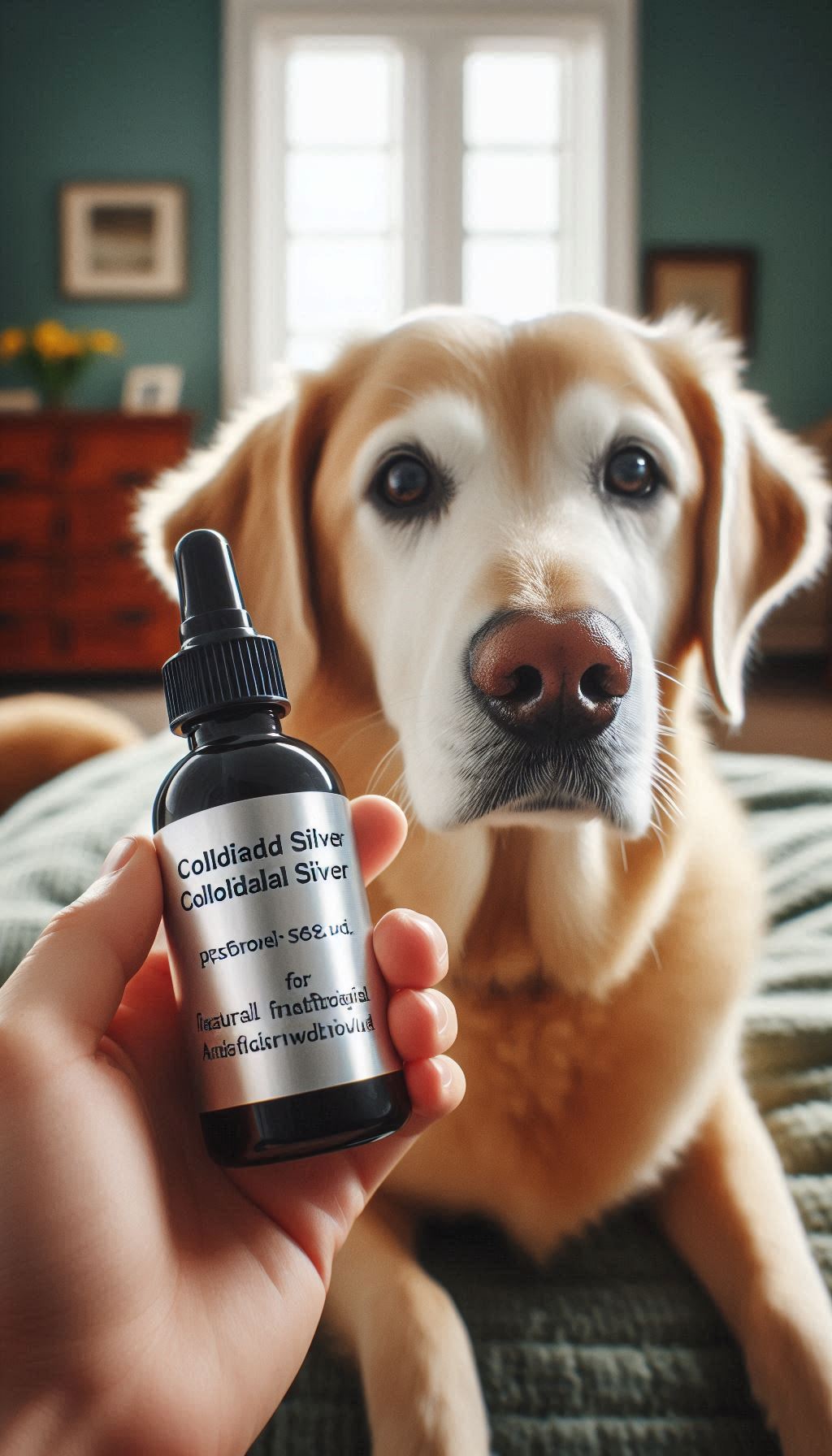Possible Reasons for a dog not eating their food but devouring treats:
If your dog is refusing to eat their food but devouring treats, there could be several reasons for this behavior. Here are some possible explanations:
- Dental issues and pain: Your dog may be experiencing dental pain or discomfort, making it difficult for them to chew their regular food.
- Change in appetite or food preference: Dogs, like humans, can have changing tastes and preferences. They may simply prefer the taste or texture of treats over their regular food.
It’s important to assess the situation and find a solution to ensure your dog gets the nutrition they need.
A. Dental issues and pain
If your dog is refusing to eat their food but devouring treats, dental issues and pain could be the underlying cause.
Just like humans, dogs can experience dental problems, such as gum disease, tooth decay, or cracked teeth, that make it painful to chew their regular food.
This discomfort can lead them to avoid their meals and opt for softer treats instead.
It’s important to have your dog’s teeth examined by a veterinarian to rule out any dental issues and provide appropriate treatment.
Taking care of their dental health can help improve their appetite for regular food.
B. Change in appetite or food preference
If your dog is refusing to eat their regular food but eagerly devouring treats, it could be due to a change in appetite or food preference.
Dogs, just like humans, can become bored with their meals and develop preferences for certain flavors or textures.
It’s important to assess whether your dog’s lack of appetite is a temporary preference issue or a more serious underlying health concern.
To address this, try introducing variety into their diet by switching flavors or alternating between wet and dry food.
Monitoring their response and consulting with a veterinarian will help ensure their overall well-being.
Assessing the situation and finding a solution:
Assessing the situation and finding a solution requires a careful evaluation of your dog’s overall health and consulting with a veterinarian.
They can help determine if there are any underlying medical issues causing the loss of appetite.
In addition, gradually introducing new food or making changes to their diet can help stimulate their appetite. Stick to a consistent feeding schedule and make mealtime more appealing by adding tasty toppings or warming the food.
Limiting the number of treats given to your dog and finding healthier alternatives can also address the treat consumption issue.
Consider seeking professional help from a dog trainer or behaviorist, or exploring medical interventions if the problem persists.
A. Evaluate the dog’s overall health and consult a veterinarian
If your dog is not eating their food but devouring treats, the first step is to evaluate their overall health.
Signs such as weight loss, lethargy, or changes in behavior may indicate underlying medical issues.
It is crucial to consult a veterinarian for a thorough examination and proper diagnosis. The vet can rule out any dental problems, digestive disorders, or other health issues that might be causing the loss of appetite.
They can provide guidance and recommend the necessary treatment or dietary changes to help your dog regain their appetite and overall well-being.
B. Gradually introduce new food or make changes to their diet
When your dog is not eating their food but devours treats, it may be helpful to gradually introduce new food or make changes to their diet.
Start by mixing a small amount of the new food with their regular food to help them adjust to the taste and texture. Slowly increase the proportion of the new food over time, giving your dog time to get used to it.
Additionally, you can try different flavors or types of food to find one that your dog finds more appealing.
Remember to consult with your veterinarian before making any significant diet changes.
Tips for encouraging food consumption:
To help encourage your dog to eat their food, here are some tips to consider:
- Stick to a consistent feeding schedule: Establish regular meal times and stick to them to create a routine for your dog.
- Make mealtime more appealing: Add tasty toppings or warm up their food slightly to enhance the aroma and make it more enticing.
- Avoid free-feeding: Instead of leaving food out all day, offer meals at specific times to encourage your dog to eat when food is available.
- Minimize distractions: Feed your dog in a calm and quiet environment to minimize any distractions that may make them lose interest in their food.
- Use puzzle toys or interactive feeders: These can help make mealtime more engaging and stimulating for your dog.
Remember, if issues persist or you notice any concerning changes in your dog’s behavior, it’s always best to consult with your veterinarian for further guidance. 🐾
A. Stick to a consistent feeding schedule
Stick to a consistent feeding schedule to help your dog establish a routine and encourage them to eat their food regularly.
Set specific meal times and stick to them every day. By providing meals at consistent times, your dog will learn that food is only available during those times, and they will be more likely to eat when it is offered.
This helps prevent grazing or picky eating habits. Consistency is key to creating a structured and healthy eating routine for your dog.
B. Make mealtime more appealing by adding toppings or warming the food
Make mealtime more appealing for your dog by adding toppings or warming their food. Adding a tasty topper can entice your dog to eat their regular food.
You can try adding a small amount of wet food, gravy, or bone broth to enhance the flavor. Additionally, warming the food slightly can release the aroma and make it more enticing for your dog.
Just be sure not to make it too hot. By making their meal more flavorful and appetizing, you can encourage your dog to eat their food regularly.
Addressing the treat consumption issue:
When addressing the treat consumption issue, it’s important to find a balance between offering treats and maintaining a healthy diet for your dog. Here are some tips to help address this problem:
- Limit the number of treats you give to your dog. Set a daily limit and stick to it to prevent overindulgence.
- Find healthier alternatives to high-calorie treats. Look for low-calorie options or make homemade treats using ingredients that are safe for your dog.
Remember, treats should be given in moderation and should not replace a balanced and nutritious diet.
Consult with your veterinarian for specific advice and guidance on your dog’s dietary needs.
A. Limit the number of treats given to the dog
When it comes to treats, less is more. It’s important to limit the number of treats you give to your dog to prevent overindulgence and maintain a healthy weight.
Treats should only make up a small portion of your dog’s daily calorie intake, ideally no more than 10%. To ensure your dog is getting a balanced diet, stick to a feeding schedule and offer treats sparingly as rewards for good behavior.
By limiting treats, you can help prevent your dog from becoming too reliant on them and encourage them to eat their regular food.
B. Find healthier alternatives to high-calorie treats
When it comes to treats, it’s important to choose options that are healthier and lower in calories.
Here are some alternatives to high-calorie treats that you can consider for your dog:
- Fruits and vegetables: Offer your dog small pieces of fruits like apple or banana, or vegetables like carrots and green beans. These are nutritious and low in calories.
- Homemade treats: Make your own dog treats using ingredients like lean meats, oats, and peanut butter. This way, you can control the ingredients and ensure a healthier option.
- Dental chews: Opt for dental chews that are specifically designed to promote oral health. These treats not only satisfy your dog’s chewing instincts but also help keep their teeth clean.
- Frozen treats: Create frozen treats using unsweetened yogurt or pureed fruits. Freeze them in small portions for a refreshing and low-calorie snack.
Remember, always check with your veterinarian before introducing any new treats or food items into your dog’s diet to ensure they are safe and appropriate.
Training and behavior modification techniques:
To address the issue of your dog not eating his food but devouring treats, you can utilize training and behavior modification techniques. Here are some strategies to consider:
- Train your dog to have a positive association with their food by using rewards and praise when they eat their meals.
- Use puzzle toys or interactive feeders to make mealtime more engaging and mentally stimulating.
- Seek professional help by consulting a certified dog trainer or behaviorist who can provide specialized guidance for your dog’s specific needs.
- If necessary, explore medical interventions with the guidance of your veterinarian.
Remember to be patient and consistent in your training efforts to encourage a healthy eating routine for your furry friend.
A. Train your dog to have a positive association with their food
To train your dog to have a positive association with their food, start by creating a calm and comfortable feeding environment.
Use a designated feeding area and establish a consistent feeding schedule.
Avoid distractions during mealtime and provide your dog with their food in a clean and appropriate bowl.
Use positive reinforcement techniques, such as praising and rewarding your dog when they eat their food.
You can also try hand feeding or using interactive feeders to make mealtime more engaging and enjoyable for your dog.
Patience and consistency are key in developing a positive association with food for your furry friend.
B. Use puzzle toys or interactive feeders to make mealtime more engaging
To make mealtime more engaging and stimulate your dog’s interest in their food, consider using puzzle toys or interactive feeders.
These types of toys can provide mental stimulation and create a fun and challenging experience for your dog during mealtime. They require your dog to work for their food, which can help increase their interest and motivation to eat.
Additionally, puzzle toys and interactive feeders can help slow down your dog’s eating pace, preventing them from gobbling up their food too quickly.
This can be especially beneficial for dogs who have a tendency to eat their food too fast. Introducing puzzle toys or interactive feeders can make mealtime an enjoyable and interactive experience for your furry friend.
Seek professional help if necessary:
If despite your best efforts, your dog continues to exhibit a lack of interest in their food and the issue persists, it may be time to seek professional help.
Consider consulting a professional dog trainer or behaviorist who can provide specialized guidance and techniques tailored to your dog’s specific needs.
They can help assess the underlying cause of the eating problem and help develop a customized plan to address it.
Additionally, if medical issues are suspected, it is important to consult with a veterinarian for further evaluation and possible medical interventions.
Remember, seeking professional help can provide valuable insights and support in resolving the issue and ensuring the overall well-being of your furry companion.
A. Consider consulting a professional dog trainer or behaviorist
If you have tried various methods to encourage your dog to eat their food but they still show disinterest, it may be beneficial to consider consulting a professional dog trainer or behaviorist.
These experts have the knowledge and experience to assess the underlying cause of your dog’s eating problem and develop a customized plan to address it.
They can provide specialized guidance and techniques tailored to your dog’s specific needs.
By seeking professional help, you can ensure that your furry companion’s eating behavior is properly addressed and their overall well-being is maintained.
B. Explore medical interventions if the problem persistse
If your dog’s disinterest in food persists despite your efforts to address the issue, it may be necessary to explore medical interventions.
Schedule a visit with your veterinarian to discuss potential underlying health conditions that could be causing the problem. They may recommend diagnostic tests to identify any specific issues or prescribe medication to alleviate any pain or discomfort your dog may be experiencing.
Your veterinarian can provide further guidance and treatment options tailored to your dog’s individual needs, ensuring their overall health and well-being.
Remember to follow their advice and monitor your dog’s progress closely.




